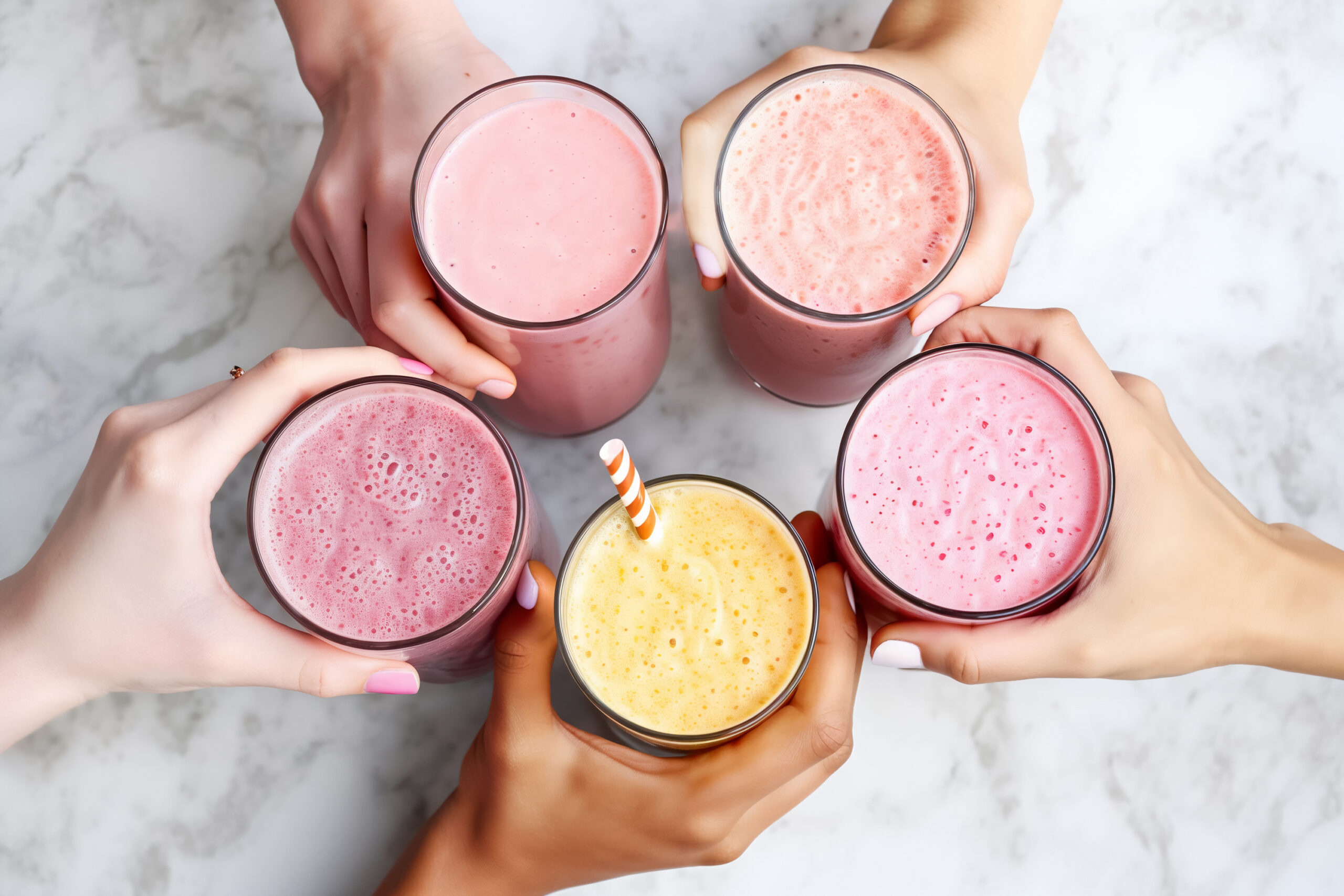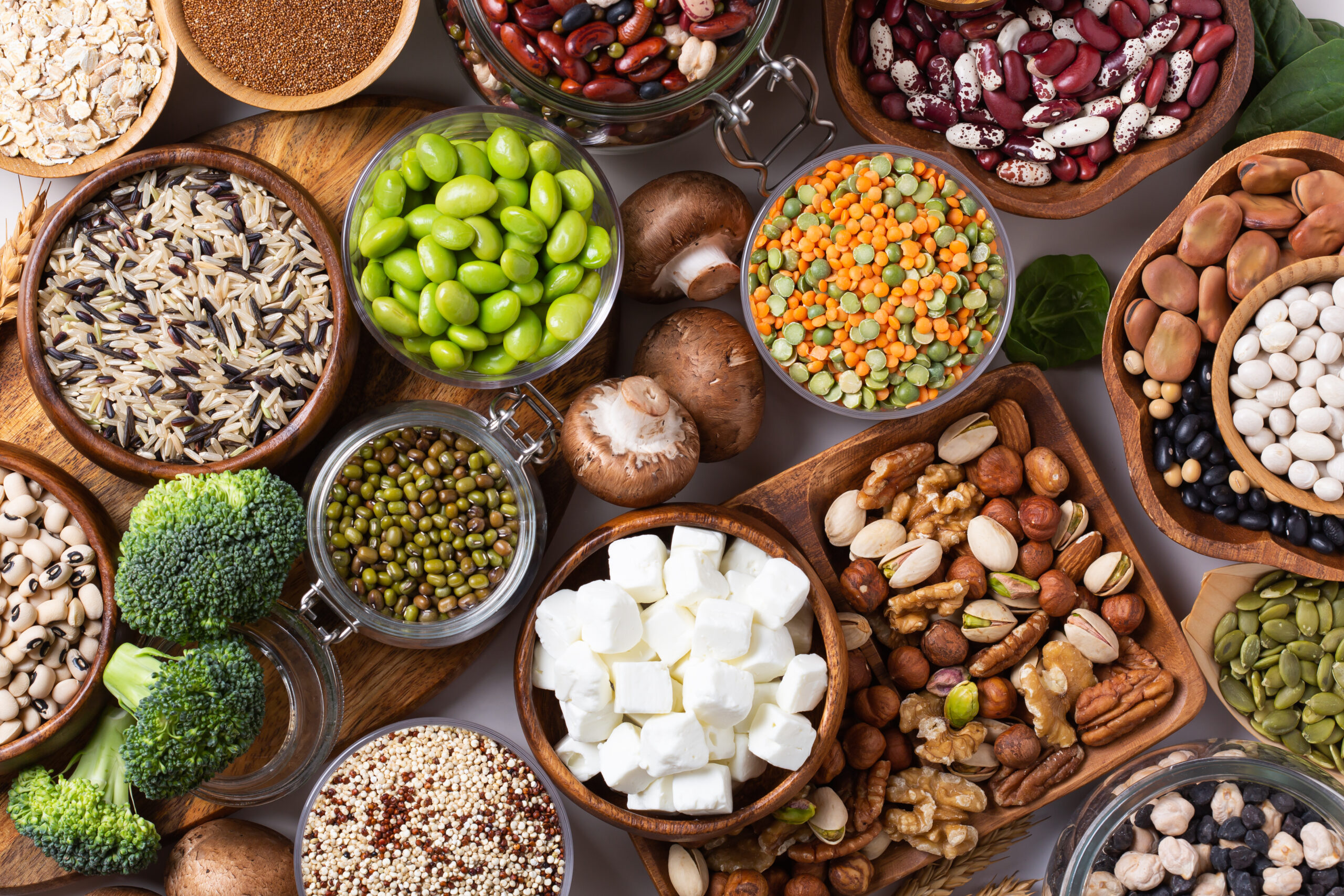In today’s fast-paced world, the fashion industry has experienced huge growth. Buyers now have an endless array of cheap choices when it comes to clothing. Between 2000 and 2014, clothing production doubled, but each clothing item is now only kept half as long.[1]
This convenience comes at an awful cost to the environment and ethical labour practices. The industry is now responsible for a an estimated 4-10% of global greenhouse gas emissions every year.[2]
What can I do to tackle fast fashion?
To counteract the negative impact of fast fashion, we need to adopt a more smart and sustainable approach to clothes shopping.
At Vavista, we’re always looking for ways to be kinder to our planet – read more about how we do that here – so we’ve put together a guide to sustainable clothes shopping.
Choose Quality Over Quantity
Ever heard the old saying “buy cheap, buy twice”? One of the easiest to follow rules of sustainable shopping is to choose quality over quantity. Instead of falling for the cheap, disposable fashion items, invest in well-made, durable pieces that stand the test of time. Quality garments last longer, fit better and can also be passed on or sold when you are done with them, rather than just being binned.
Research Sustainable Brands
Fast fashion brands are known to use cheap labour from sweat shops, as they have such a quick turnaround on their products. So, before making a purchase, take the time to research and only buy from brands that prioritise sustainability.
Look for companies that use eco-friendly materials and ethical manufacturing practices. Many sustainable brands also insist on fair labour practices, meaning workers are treated fairly and paid properly. You can check a brands eco credentials by checking on the website, “Good On You”.
Opt for Timeless Styles
Fashion trends come and go, but some clothing is timelessly stylish. A quality pair of jeans, a classic black dress and a long-lasting coat in a neutral colour are good examples.
Try and choose classic, versatile pieces that can be mixed and matched across different seasons. For example, don’t splurge on summer clothes every year if you live in a cold and rainy place. Instead, go for things you can wear in different seasons and layer up or down with tights or a cardigan.
This reduces the need for constant wardrobe updates and avoids the need to get rid of short-lived fashion items that are no longer in style.

Explore Second-hand and Vintage Options
Embrace the fun of vintage and second-hand shopping. Charity shops, vintage stores, and online platforms are fantastic for a fashion fix that is new to you. By opting for second-hand items, you are extending the lifespan of clothing and diverting items from landfills. You could also be saving a lot of money compared to buying brand new!
Check out Clothing Rental Platforms
Want a new dress for each wedding or event you attend? Try a clothing rental platform! Instead of buying expensive items you will only wear occasionally, you can rent them for specific events or seasons. This reduces the demand for new products and promotes a circular fashion economy, where garments are shared and reused. You can also earn money for yourself by lending out your own high fashion pieces and making money back on your investment!
Here are 8 that Glamour Magazine think are worth checking out before you hit the shops.

Embrace DIY and Upcycling
Extend the life of your clothing through do-it-yourself (DIY) projects and upcycling. Get creative with simple alterations, patches, or embellishments to breathe new life into older pieces. This not only personalises your wardrobe but also reduces the demand for new items. Here is a great guide on how to start upcycling from Pebble Magazine.
Incorporating sustainable practices into your clothes shopping routine not only benefits the environment but also contributes to positive changes within the fashion industry. By choosing quality over quantity, supporting sustainable brands, exploring secondhand options, and upcycling, you can play a crucial role in creating a more sustainable and ethical fashion landscape. Remember, every purchase is a vote for the kind of world you want to live in, so choose wisely and make a positive impact through your clothing choices.
Like this guide? Check out our blog on 5 of The Best Things to Buy Second Hand.
Want to be more eco conscious with your car insurance? We plant a tree for every policy you buy at Vavista. Get a quote today!
[1] UN Alliance aims to put fashion on path to sustainability | UNECE
[2] 16 Things Everyone Should Know About Sustainable Fashion | British Vogue
Disclaimer: Articles are for general information only – customers should always seek their own independent advice. Vavista is not affiliated with the organisations/businesses mentioned and does not recommend or endorse any of the included products or services. For more information, click here.



















